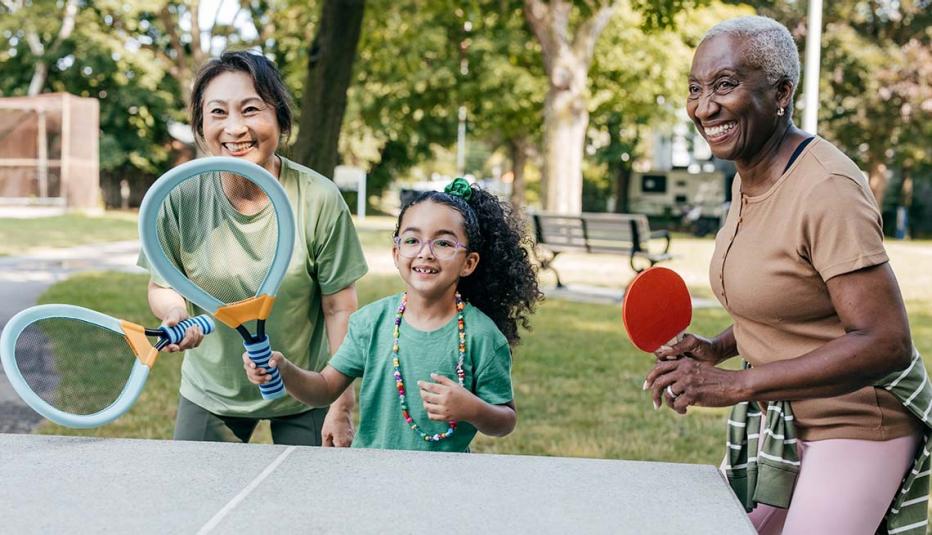AARP Hearing Center
A sizable 43 percent of Americans age 50-plus have injured their head at some point in their lives, an AARP survey has found. About one-third of those incidents were likely traumatic brain injuries, or TBIs, which can have lifelong consequences for physical, cognitive, emotional, and behavioral health.
One finding that points to the need for education and prevention measures focusing on older adults: Falls are the most common cause of head and neck injuries among adults 50 and older, followed by accidents in automobiles or other types of vehicles.
TBI understood: Prevalence and implications
As described by the Centers for Disease Control and Prevention (CDC), a TBI is caused by a blow, jolt, or penetrating injury to the head. Some TBIs are linked to being hit in the head by a rock or projectile, proximity to an explosion, playing contact sports, being in a fight, shaken violently, or shot. Sometimes TBIs are overlooked in older adults because the symptoms can resemble other conditions like dementia.
About one-quarter (23 percent) of the survey respondents experienced a TBI when they were younger than 50. For some, it’s not a one-time thing. About one in five adults 50-plus (22 percent) have had two or more TBIs.
The results of these injuries can be significant and debilitating. Nearly half of individuals with moderate to severe head injuries face decline in their ability to function or die within five years of the incident — and older adults are at higher risk of an early death.
There are also clear mental health implications. Adults who have suffered from a TBI are more apt to feel anxious or depressed than those who have not, and that likelihood increases for those who had multiple TBIs. Impacted adults also indicate lower mental well-being scores.
The threat of falls
As one ages, falls become an increasingly likely cause of head injury, and 13 percent are extremely or very worried about experiencing such an event, while 26 percent are somewhat worried. The findings are similarly low for respondents anticipating harm from head injuries in a car accident.
Still, most older adults said they want to learn how to reduce their chances of getting hurt. When asked about interest in tips to prevent falls, 60 percent of those ages 50-plus express some level of interest, and 61 percent are interested in learning how to prevent an injury to their head or neck. Those who were most worried about getting a head injury from a fall, overall, are more willing to find out about prevention.
Results of the AARP research highlight the need for more education about the causes of head injuries and TBIs, as well as effective prevention strategies.
Methodology
The analysis was based on an online survey of 3,657 Americans age 50 and older that was conducted by AARP in September 2024. The prevalence of TBI was calculated using a scoring system based on nine different potential causes of head injuries and the short-term and long-term symptoms of people who experienced these head injuries.
For more information, please contact Laura Mehegan at lmehegan@aarp.org. For media inquiries, contact External Relations at media@aarp.org.





































































